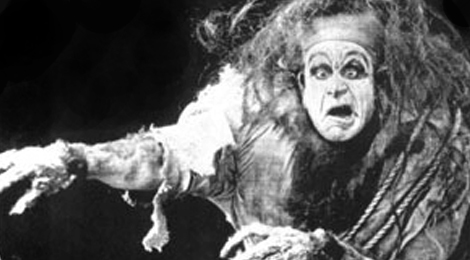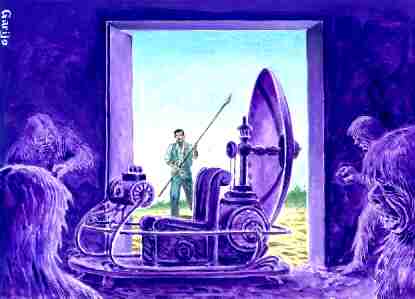The Roaring Twenties. The Jazz Age. The Golden Age. The Crazy Years.
The 1920s was a decade of many names and great transformation. Much of the western world experienced an economic and cultural boom after the Great War that changed daily life and worldview forever- whether for better or for worse.
History:
Much of the technology and thought developed in the previous decades was realized in the mainstream during the 1920s.
Automobiles, motion pictures, telephones, and electricity were accepted by the general public. Media began to be a focal point of popular culture, and celebrities such as actors, musicians, and sports stars became public icons.
In the western world,there was a general migration from rural areas into urban areas. Also, women were given the right to vote in many nations.
The ideas of the past decades were also tested in the real world during the 1920s. The Communist state, The Soviet Union, was created in 1922. In 1925, a schoolteacher was declared guilty of teaching evolutionism in a public school, fueling controversy over the debate between creationism and evolutionism.
The prosperous times of the 1920s could not last, however. In 1929, the economic boom ended, and the stock market crashed, leading to the Great Depression of the 1930s.
Science:
In 1922, the BBC started broadcasting on the radio.
The first mechanical television was created by John Logie Baird in 1925. He also worked on the first color television in 1926.
Film technology developed rapidly in the 1920s. Warner Brothers released the first movie with a soundtrack, Don Juan in 1926,and the first all-talking, all-color movie, The Lights of New York, in 1929
The first liquid-fuelled rocket was launched by Robert Goddard in 1926.
Stories:

In 1920, Czech playwright Karel Capek wrote the play R.U.R.: A Fantastic Melodrama. R.U.R. stands for Rossum’s Universal Robots, and this play was the first work ever to use the word “Robot”.
The same year, David Lindsay published A Voyage to Arcturus, a philosophical science-fantasy that inspired both C.S. Lewis, and J.R.R. Tolkien.

In 1923, Hugo Gernsback released an entire issue of Science and Invention based around science fiction. This led to the creation of the magazine Astounding Stories, which changed its name to Analog Science Fiction and Fact, and continues as the longest running science fiction magazine to this day.

A very early science fiction film was released in Russia in 1924. Yakov Protazanov directed the silent space adventure, Aelita: Queen of Mars, based on a novel by Alexei Tolstoy.
In 1926, the first solely science fiction magazine, Amazing Stories, began publication.

One of the most cinematic and iconic science fiction science films ever, Metropolis, directed by Fritz Lang, was released. The German film portrayed a dystopian society where workers were oppressed by the upper class. It also had a really cool robot.

Pulp writer Edgar Rice Burroughs published another science fiction novel, The Moon Maid in 1926. It was originally intended as a commentary on Soviet Russia, but had to be changed from its original version, because editors viewed it as too controversial.

Influential comic strip, Buck Rogers in the 25th Century- the story of a Great War veteran put in suspended animation until the 25th century- began publication in 1929.
Strangely enough, the name “science fiction” was not used to define the genre for the first hundred years of its existence. Short story author, and magazine founder Hugo Gernsback coined the term in 1929.
Keep on glowing in the dark,
Elora














